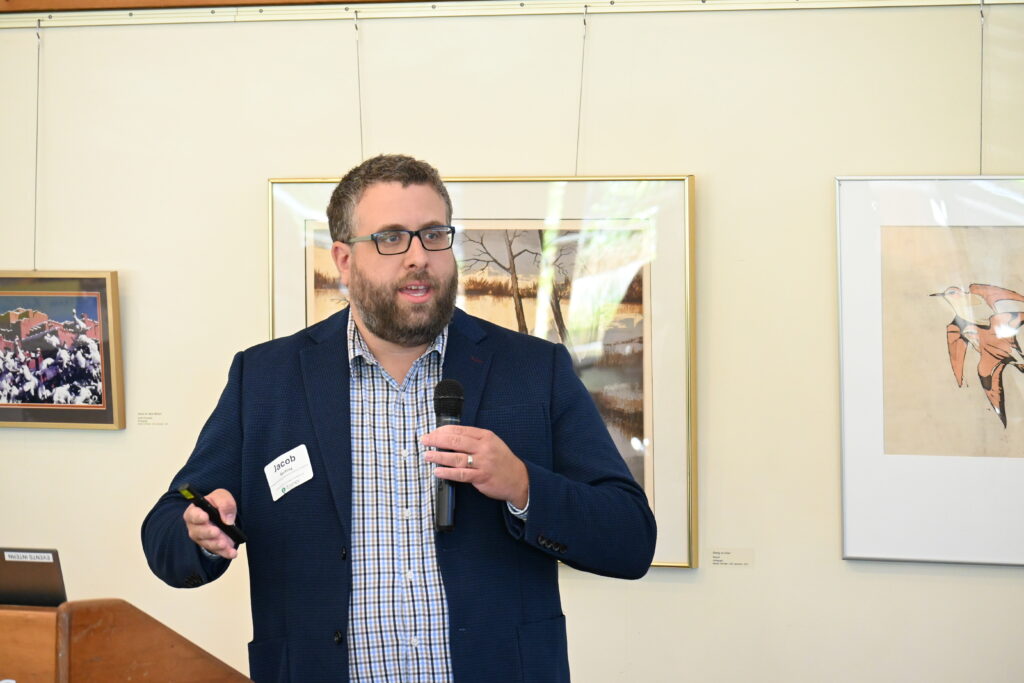Jacob Serfling of the Midwest Building Decarbonization Coalition spoke about the benefits of electrification and decarbonization during the September 25 Iowa School Energy Conference in Ames.
Citing a 2018 Commercial Buildings Consumption Survey by the U.S. Energy Information Administration (EIA), Serfling explained that about half of schools’ energy usage is for space heating and that 70 percent of heating, on average, comes from natural gas. The survey, based on the West North Central Census Region, showed that all-electric schools had 25 percent lower energy usage per square foot than the overall average, while gas buildings averaged 10 percent higher energy.

According to the EIA, said Serfling, commercial natural gas rates rose 55 percent on average across Iowa from 2012 to 2022. Over the same period, electric averages dropped by 32 percent.
With fluctuating gas pricing contingent upon numerous supply-and-demand, infrastructure investment recovery, and geopolitical issues, Serfling noted that electrification can not only bring down a school district’s energy costs, but it can also provide for more predictable budgeting. Moreover, Serfling stated that electric heat carries benefits for student health.
Studies show that 14 percent of K-12 students’ year is spent in a school building, and residential studies increasingly point to a significant link between gas appliances and respiratory health due to 50-400 percent higher concentrations of NO2 (Nitrogen Dioxide), resulting in 24-42 percent increased likelihood of developing asthma. The Centers for Disease Control and Prevention estimate that asthma is the leading cause of absenteeism nationally, with some 13.8 million school days missed per year.
With the benefits of decarbonization coupled with cost predictability and student/staff health outcomes hanging in the balance, Serfling encouraged attendees to explore clean energy options in their school districts.
